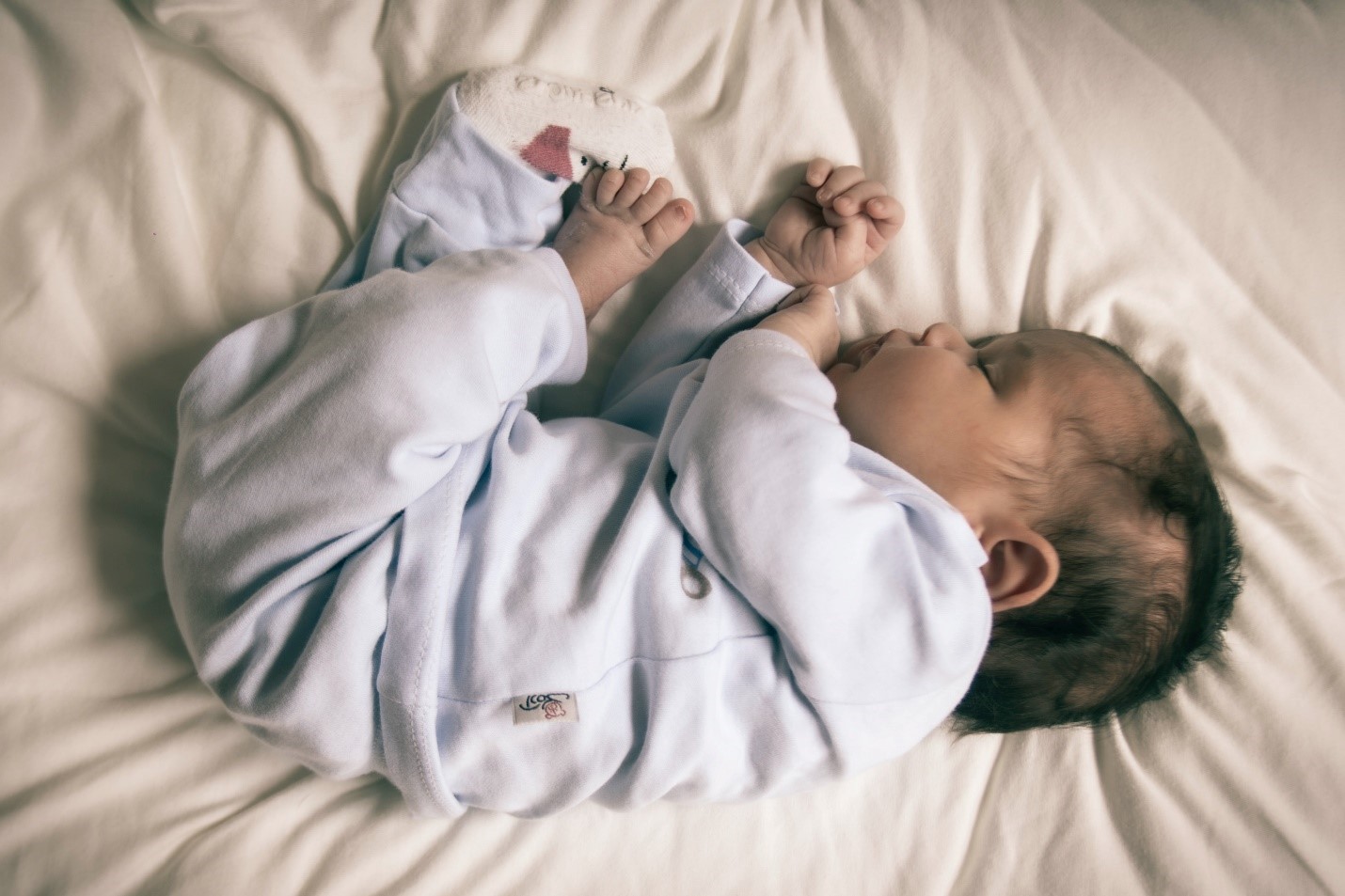Babies sleep most of the day – that is when they’re not keeping you up and on your toes. As your baby gets older, it is time to start cutting back on their sleep, specifically, transitioning them from 3 naps to 2. This transition can be a little rough if you don’t know how to handle it.
Babies typically transition from 3 to 2 naps around 6-9 months old. The range varies from baby to baby, so parents have to be vigilant regarding the signs to support and ease the transition. An easy way to handle the 3 to 2 nap transition is to slowly push nap time to completely eliminate the third nap.
This article will discuss the 3 to 2 nap transition, when does it happen, and how you can handle it.
What is Sleep Debt?

If your baby is taking fewer naps, it’s likely that they are building up a sleep debt. This means that they’re not catching up on the amount of sleep they need throughout the day, which will make them more tired and grumpy than usual. Furthermore, sleep debts ultimately ruin the prospects of having a schedule. Thus, it is important to make sure that your baby is getting all the sleep they need.
However, parents shouldn’t take this concept to mean that they should just allow their kids to sleep all day. Newborn babies sleep all day as they are reserving their energy for growth and development. But when they start getting older, they need to be awake more for further development. This is what the 3 to 2 nap transition is for.
What is a Nap Transition?
A nap transition is a process of changing how many naps your baby takes. Most babies start on a 3-nap schedule (morning, noon, afternoon) until around 6 months old. It’s at this time that you can start to cut back and try for 2 naps per day – one in the morning and one in the afternoon.
When Does It Happen?
The most common time for nap transitions to happen is around the 6-month mark. The general range for the 3 to 2 nap transition is between 6 and 9 months, with some children transitioning between 7 and 8 months.
This is also when many babies start sleeping through the night (usually between 5 and 12 months), which can make it easier to adjust to one less nap per day. Some moms transition their baby into 2 naps right away; others prefer a 3-nap schedule for as long as possible.
What Do Nap Schedules Look Like?
Starting with 3 naps, a baby’s schedule could typically look like this:
6:00-7:00 AM: Wake Up
8:00-9:00 AM: Nap 1
12:00-1:00 PM Nap 2
3:00-4:00 PM Nap 3
6:00-7:00 PM Bedtime
Although it may look different from one baby to another, a schedule with 2 naps could typically look like this:
6:00-7:00 AM: Wake Up
9:00 AM: Nap 1
1:00 PM Nap 2
5:00-6:00 PM Bedtime
When going through the 3 to 2 nap transition, some parents would move the bedtime an hour earlier. This is a way to help prevent an accumulation of sleep debt since 2 naps during the day means less sleep compared to 3 naps. Moving bedtime earlier will compensate for that less sleep during the day with a little more sleep during the night.
What Signs to Look Out For?

When your baby is ready to transition from 3 to 2 naps, there are a few signs you can look out for to know when it is about to happen.
- Your baby starts waking up earlier than usual in the morning (as early as an hour or more). They are waking up earlier because they are having too much daytime sleep. If they’re still taking three naps per day, this will throw off their schedule and make them tired around noon.
- Your baby starts to show signs of sleepiness earlier in the day (around 11:00 AM) as opposed to later on (usually after 2:00 PM). This is also a sign that they’re starting to transition into taking only two naps per day.
- You notice your baby has a difficult time falling asleep in the morning and is more alert than usual.
- Your baby is refusing to take the third nap.
- If your baby starts to show signs of sleepiness around 2 PM, it’s usually because they’re about to transition from three naps into taking only two per day. They will likely be tired after lunch which may cause them to take a long afternoon nap.
Transitioning from 3 to 2 Naps
Once you know your baby is ready for the 3 to 2 nap transition, it’s time to make some changes.
- If they’re still sleeping in the morning when their first nap should be occurring (usually around 9:00 AM), wake them up earlier and get them ready for a daytime schedule.
- If your baby is still sleeping for three hours or more in the afternoon, wake them up after around two hours. This will help you to maintain two naps per day instead of going back from three into taking only two.
- Make sure that the two naps they’re taking are at least an hour or more each. This ensures that they are having enough sleep despite less naps.
- Sometimes, you can keep your baby on 3 naps until the transition is complete. This may be hard for some babies, but it’s possible to do if they’re not showing signs of being tired before noon or after 2:00 PM.
- If all else fails and you just cannot get them down at one time, try what many moms have had success with – splitting the difference. It’s okay to have your baby take 2 naps in one day if they’re not tired enough for one nap during both of their usual times. This is especially helpful when transitioning from 3 to taking only 2 per day, but it can work at any time you need a little extra help.

